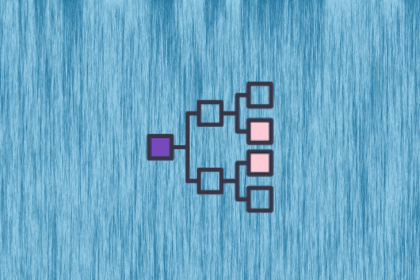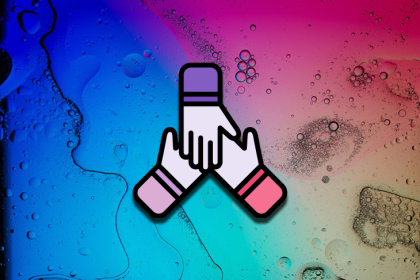
In digital products or digital marketing, CTAs are commonly used to drive user engagement, promote conversion metrics, and help achieve business objectives.

Time management is an activity that requires you to plan and organize your time effectively. Managing your workload gets harder under stress.

The ladder of inference is a tool you can use to evaluate whether your thought process is based on reality or an assumption.

Bugs are, in essence, items that occupy your product backlog. They require constant revision, attention, and prioritization.

By definition, if you’re already in or transitioning into a product management role, you likely already possess many of the skills needed for successful project management.

An opportunity solution tree is a visualization tool designed to help product teams determine the best path to achieve a desired outcome.

Product-market fit allows you to provide immediate value to users who are seeking a solution for a problem that they’re experiencing.

Stakeholder mapping is a simple method for understanding your stakeholders’ landscape, including their power, interest, and attitude towards your product or initiative.

If you prompt ChatGPT correctly, you can use it in great ways and boost your chances as an applicant.

A scope of work serves as a roadmap for a given project or product initiative and helps you set expectations and minimize misunderstandings by ensuring alignment among stakeholders.

Trunk-based development is an approach to where developers frequently integrate their code changes into a shared main branch.

Fostering an experimentation culture tends to be a lot harder for bootstrapped companies than for companies who can afford to take the risk.